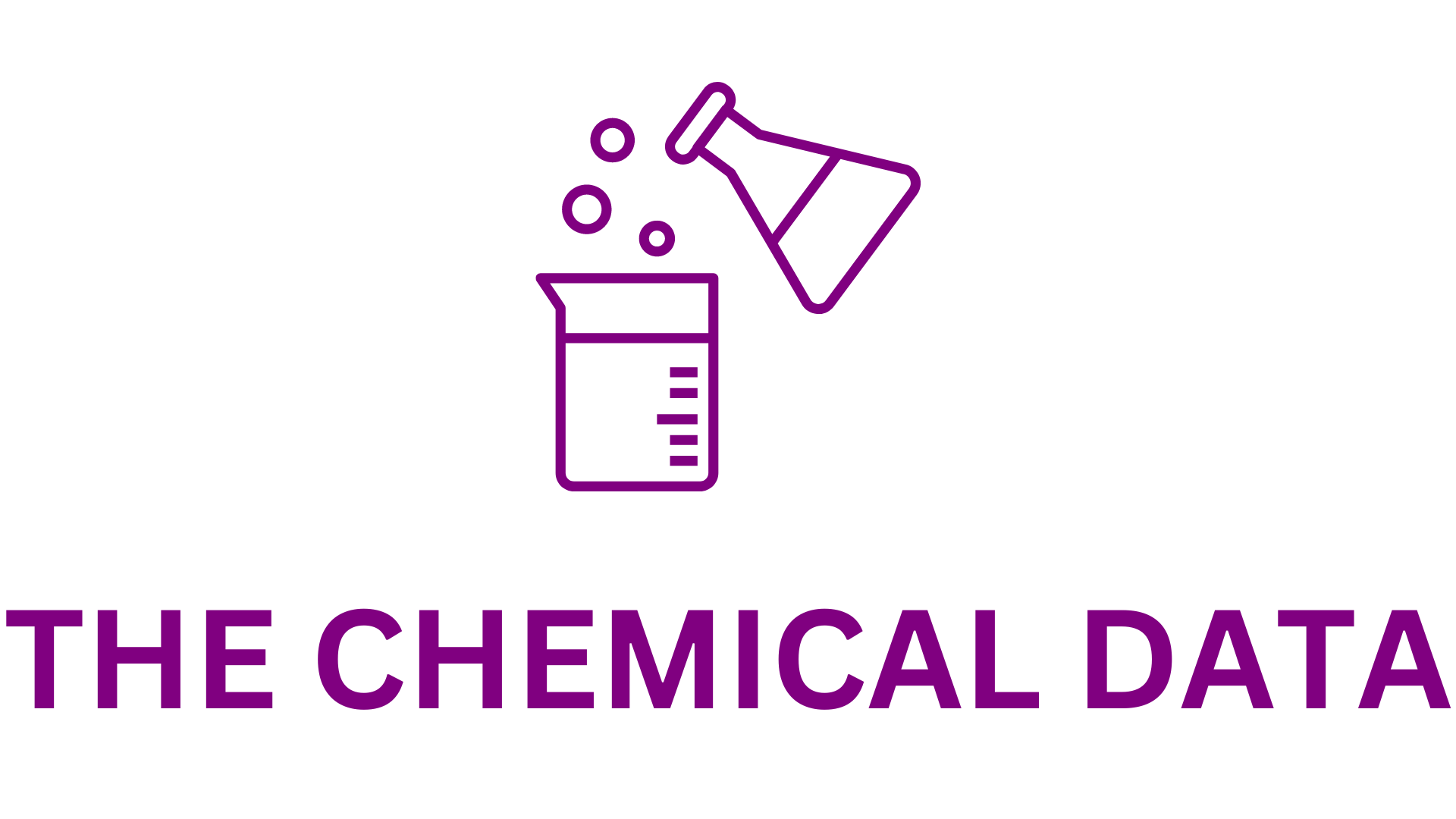
Rayonier Advanced Materials Reports Third Quarter 2025 Results
Rayonier Advanced Materials Inc. (NYSE: RYAM) (“RYAM” or the “Company”) today announced its financial results for the third quarter ended September 27, 2025.
“Our third quarter performance underscores the strength of our core business and the resilience of our people,” said De Lyle Bloomquist, President and Chief Executive Officer of RYAM. “Our Cellulose Specialties business continues to stabilize, approaching normalized performance levels. The temporary pressures we faced earlier in the year are subsiding, and we are seeing encouraging signs of improvement across demand, operations, and cost structures. The momentum exiting the third quarter demonstrates both the durability of our platform and the progress we are making toward sustainable growth.”
Bloomquist added that RYAM is entering 2026 pricing discussions with confidence. “We are targeting a significant pricing reset for Cellulose Specialties products that reflects their market value and helps recapture margins lost during prior years of inflation,” he said. “Our long-term roadmap remains intact — delivering more than $300 million in run-rate EBITDA by the end of 2027. This is backed by tangible progress across our strategic priorities: strengthening our Cellulose Specialties franchise, advancing Biomaterials development, and executing structural cost and product mix improvements.”
He continued, “While some operations remain in turnaround mode, our trajectory is positive. The core business is performing well, and the catalysts we’ve put in place are starting to show results. As we continue to normalize operations, we remain focused on cash generation, disciplined working capital management, and maintaining strong liquidity. We are confident in our covenant compliance and liquidity position, and we remain committed to prudent financial stewardship as we execute on our strategy and create lasting value for shareholders.”
Third Quarter 2025 Financial Summary
For the third quarter of 2025, RYAM reported a net loss from continuing operations of $4 million, or $(0.07) per diluted share, compared to a net loss of $33 million, or $(0.49) per diluted share, in the same quarter of 2024. The year-over-year improvement reflects stronger pricing, improved cost management, and benefits from the company’s ongoing operational and strategic initiatives.
Beginning in January 2025, RYAM reorganized its former High Purity Cellulose segment into three distinct operating businesses — Cellulose Specialties, Biomaterials, and Cellulose Commodities — to better align with the company’s markets and strategic focus. The Paperboard and High-Yield Pulp segments remain unchanged. Historical results have been restated to reflect this new structure.
Cellulose Specialties
Third-quarter net sales for Cellulose Specialties totaled $200 million (down $28 million, or 12%, year over year). The decline was primarily driven by a 17% decrease in sales volumes compared to the prior year. The reduction reflects strong customer orders in 2024 ahead of the indefinite suspension of the Temiscaming cellulose operations, along with softer demand in acetate markets due to continued customer destocking and global tariff pressures.
Partially offsetting these declines, average sales prices increased 7%, supported by favorable contract negotiations and improved product mix.
Operating income rose $3 million, or 7%, year over year. This improvement was driven by higher pricing, lower fixed costs from the Temiscaming suspension, and a $7 million energy cost benefit from the sale of excess emission allowances. These gains were partially offset by lower volumes, increased operating costs at the Tartas cellulose plant, and the impact of French national labor strikes that disrupted production.
Sequentially, compared to the second quarter of 2025, net sales declined $4 million (2%) due to a 5% decrease in volumes, partially offset by a 4% increase in average prices. However, operating income surged $20 million (69%), driven by better pricing, energy savings, improved operational efficiency, and lower wood costs. The quarter also benefited from mid-year price adjustments and stronger product mix.
Biomaterials
In the Biomaterials segment, net sales remained flat year over year, as higher turpentine volumes offset lower bioethanol sales. Production was constrained by the Tartas facility’s operational challenges and French labor disruptions, which limited feedstock availability for bioethanol output.
Operating income decreased $2 million, or 67%, compared to the same period last year, primarily due to higher shared and ancillary service costs under the business’s new cost allocation structure.
Sequentially, net sales increased $2 million (33%) versus the second quarter of 2025, benefiting from higher production volumes as operations recovered from earlier labor strikes. Despite higher sales, operating income was flat, reflecting increased overhead and service costs associated with the restructured business model.
Cellulose Commodities
For Cellulose Commodities, third-quarter net sales decreased $1 million (1%) compared to the prior year, as a 2% decline in volumes offset modest price gains. Lower production and the absence of Temiscaming volumes were largely counterbalanced by increased viscose sales as part of inventory management efforts. Average sales prices rose 8% year over year, driven by improved fluff pulp pricing and mix.
The segment’s operating loss improved by $42 million (76%) from the prior year quarter. This improvement was primarily due to the absence of a $25 million non-cash asset impairment and $7 million in one-time suspension costs recorded in 2024, alongside higher prices and reduced fixed costs following the Temiscaming suspension.
Compared to the second quarter of 2025, net sales increased $26 million (44%), driven by a 45% increase in volumes following improved production reliability and the absence of planned maintenance outages. However, the average sales price fell 2% due to weakening market conditions, tariff impacts on fluff pulp, and a less favorable mix. As a result, operating loss increased $4 million (44%), as the benefits of higher volumes were offset by lower margins on incremental sales.
Source Link : https://www.businesswire.com/







